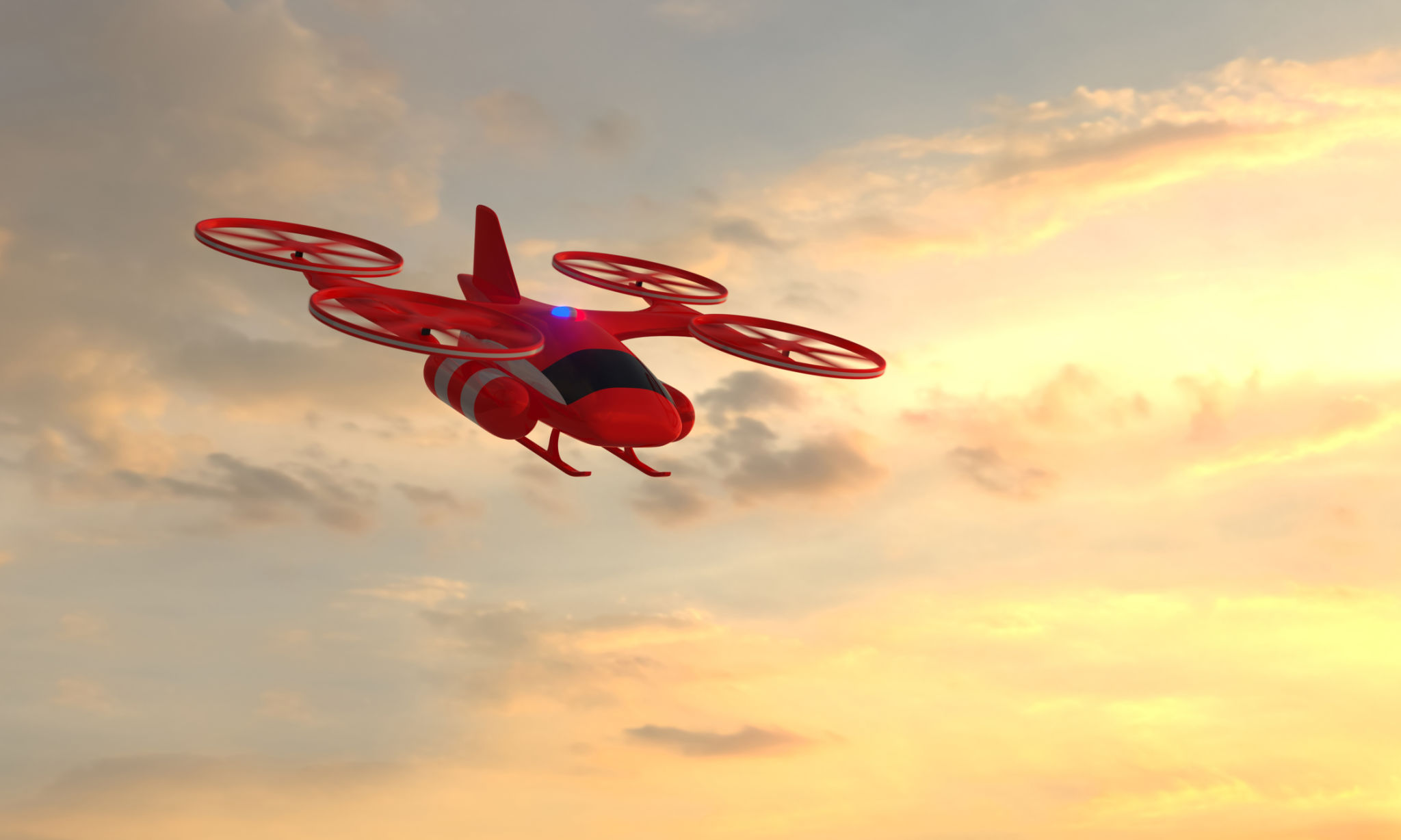How Drones are Revolutionizing Rescue Operations in the UAE
Introduction to Drones in Rescue Operations
The United Arab Emirates (UAE) is at the forefront of embracing cutting-edge technology to enhance public safety and emergency response. Among these innovations, drones have emerged as a vital tool in revolutionizing rescue operations. With their ability to quickly access remote or hazardous areas, drones are transforming how rescue missions are conducted, providing faster and more efficient responses.

Enhancing Situational Awareness
One of the primary advantages of using drones in rescue operations is their capability to provide enhanced situational awareness. Equipped with high-resolution cameras and thermal imaging technology, drones can relay real-time data to rescue teams. This information is crucial for assessing the situation accurately and planning the best course of action without putting human lives at risk.
Real-Time Data Transmission
Drones can fly over disaster-stricken areas and transmit live video feeds to control centers. This real-time data transmission allows rescue teams to evaluate the extent of the damage, identify potential hazards, and locate victims in need of assistance. The ability to gather and analyze this data promptly can significantly improve the efficiency of rescue operations.
Rapid Response in Emergencies
In emergencies, every second counts. Drones have proven to be invaluable in providing rapid response capabilities. They can be deployed quickly and reach areas that may be inaccessible to traditional rescue vehicles, such as mountainous regions, dense urban environments, or areas affected by natural disasters.

Speed and Accessibility
The speed at which drones can be deployed is unmatched by conventional methods. They can bypass obstacles on the ground, flying directly to the incident site and delivering essential supplies such as medical kits, food, and water. This rapid response can be life-saving, especially in situations where traditional rescue efforts might be delayed.
Cost-Effective Solutions
Integrating drones into rescue operations is not only efficient but also cost-effective. The expenses associated with deploying manned helicopters or ground vehicles can be significantly higher compared to drone missions. Drones offer a more affordable alternative while still providing comprehensive support during emergencies.
Reducing Human Risk
Drones also play a crucial role in reducing the risk to human rescuers. By assessing dangerous environments from above, drones can gather critical data without exposing personnel to potential hazards. This aspect is particularly beneficial in scenarios involving chemical spills, fires, or unstable structures.

Conclusion
The use of drones in rescue operations within the UAE is a shining example of how technology can enhance public safety and emergency response efforts. As drone technology continues to evolve, it holds the promise of even greater improvements in disaster management and rescue operations. By embracing these innovations, the UAE is setting a precedent for other countries to follow in leveraging technology for humanitarian purposes.
